Horse shopping ranks as one of the most exciting parts of horse ownership. It’s easy to get caught up in your own whirlwind of emotions and the excitement of your journey, completely forgetting that the person on the other end—the seller—wants you to find the perfect ride, but also needs to turn a profit and keep up a business in the process.
We spoke with three equine professionals from diverse backgrounds to find out what buyer-etiquette guidelines they wish horse buyers would follow as they search for, try, and buy new horses. Some of their answers might surprise you, while others will be gentle reminders to mind your Ps and Qs, because the seller’s time and effort are just as valuable as the cash you bring to the table.
Horse-shopping experiences can be just as varied as the many disciplines in the horse industry. Sellers and buyers come with different expectations and processes. With this in mind, we chose three experts to consult representing the performance, all-around, and recreational riding arenas and their experiences selling horses to riders of all types.
Meet the Experts
Horse-shopping experiences can be just as varied as the many disciplines in the horse industry. Sellers and buyers come with different expectations and processes. With this in mind, we chose three experts to consult representing the performance, all-around, and recreational riding arenas and their experiences selling horses to riders of all types.
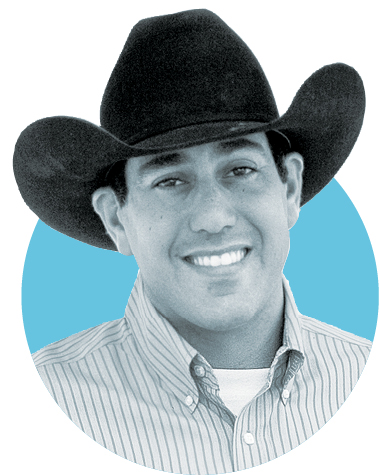
Yonathan Baruch began his career in Israel, where he started riding at a young age and then went on to manage one of the largest equestrian facilities in his native country. He moved to the U.S. and worked for reining professional Craig Schmersal for six years before relocating to set up his own reining training facility in Whitesboro, Texas. Along with training and showing aged-event reining horses and coaching riders, Baruch is known for matching reining-horse buyers with exactly the horses they need, from young prospects all the way to finished show horses.
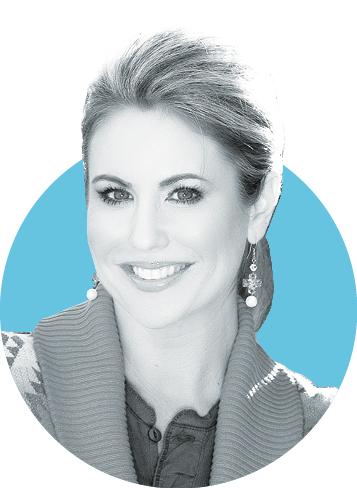
Alisha Jacuzzi was raised around cutting horses but has ridden just about every breed and discipline imaginable. Her business, horseofmydreams.com, based in Alexander, Arkansas, aims to pair riders with safe, reliable, enjoyable recreational mounts that match each rider’s needs and experience level. Jacuzzi and her family buy horses that fit their program, spend an average of 60 days with each mount to ensure that they’re safe for any level of rider, and then sell those mounts to riders all over the country with a 30-day exchange policy.
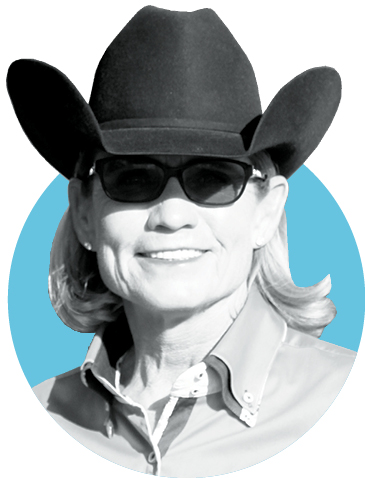
Patty Vatterott is a veteran all-around trainer at Sea Ridge Farms in Wellington, Florida. She’s trained, coached, and shown numerous All American Quarter Horse Congress and AQHA World Show champions. Along with that, Vatterott has sold top-notch horses by adeptly pairing horses and riders that fit—from each individual rider’s goals to the horse’s abilities.
Now that you know the pros behind these essential pieces of advice, let’s get to their top horse-shopping tips that’ll make the best of the entire process!
Tip 1: Know your Budget
Almost every horse-shopper has financial parameters. (Though wouldn’t it be nice to have a limitless bank account when it comes to horse shopping?) Setting your budget is the first thing you must do before you set out to buy a new horse. This step sets your market and determines where you’ll look for your new horse, who makes sense to contact, and what you get in the end.
“You can be open-minded on mares vs. geldings, colors of horses, and some other things, but your budget sets the stage for the entire process,” Baruch shares. “There’s no shame in having a budget. We all work hard for our dollar and have to find what level of investment works best for us. But if you’re trying a horse you know you can’t afford, you’re just going for a joy ride, and that’s disrespectful of the horse and the seller’s time.”
(We’ll talk more about respect in Tip 3.)
“My dream buyer is the one who knows their budget,” Vatterott echoes. “Budget is No. 1!”
Jacuzzi concurs. “If your budget is $5,000 or $10,000, don’t waste the seller’s time by inquiring about a $20,000 horse.”
This also means you won’t get your heart set on a horse that’s wildly out of your league. Managing expectations can save you a lot of heartache and time.
Tip 2: Know Your Goals (and Limitations)
Horse sellers have a knack for matching new partnerships, but only if they know your true abilities, long- and short-term goals, and limitations. First, overstating your abilities can lead to an unsafe disaster. Second, knowing your goals keeps you on track in your search. And finally, knowing your limitations (e.g., your horse won’t be in full-time training, you’ll only be able to ride a couple times a month, etc.) helps connect you with the correct mount for your lifestyle.
“Your intended use will determine what you ask about the horse,” Jacuzzi says. “If you’re looking for a performance horse, the things you look for will be completely different than if you’re looking for a safe trail horse for your family. Make sure you tailor your questions to the things that truly matter to find the best horse for your needs. Just like people, no horse is perfect in every way, they just need to be the perfect fit for what you need.”
Vatterott agrees—her dream buyer always has a good idea of her own goals.
“If you want to go win the trail class tomorrow, you’re not going to be looking for a 2-year-old prospect today,” she says. “Know your limits. If you can’t handle a young horse but plan to do all the riding, a prospect is not for you. When you don’t know what you want and need, it makes the seller’s job extremely difficult to ensure that you’re a match for the horse that’s for sale.”
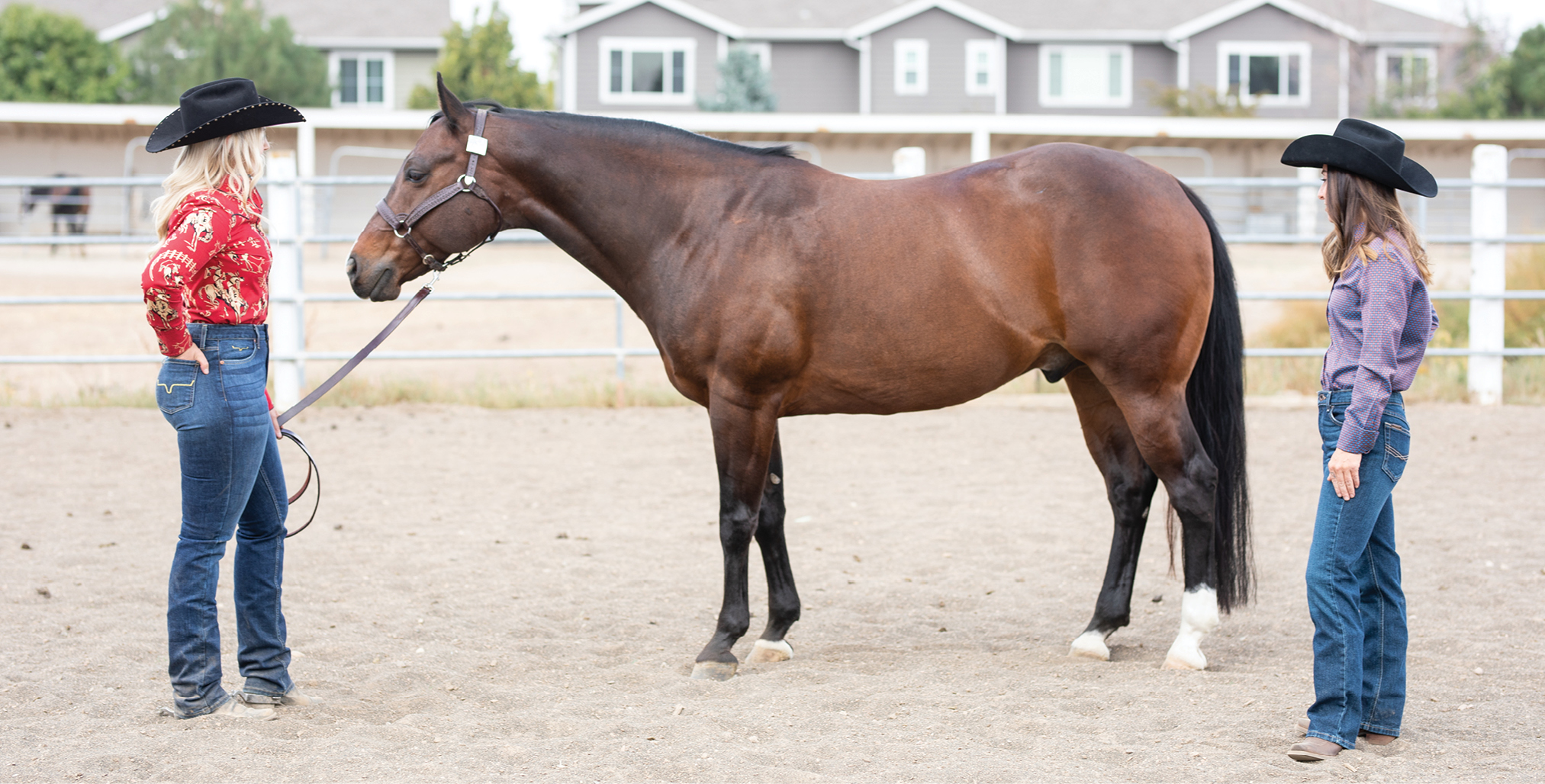
Tip 3: Respect the Seller and the Horse
This is the big one, and it comes into play in many phases of the horse-shopping process. You’re off to a great start if you’ve followed Tips 1 and 2—setting your budget and knowing your goals takes you at least partially out of the tire-kicker category and respects the seller’s time. Additionally, respecting the horse is a big priority for all sellers.
“If you’re trying a horse that you don’t like for whatever reason, end the ride as soon as you know you don’t click with that horse,” Baruch requests. “Know what you like and don’t like, and don’t try to make that horse into something he isn’t by continuing to ride. Additionally, keep the trial ride to 30 minutes or less. Saddle the horse, warm him up, then ride for 30 minutes. Especially if you’re riding in summer heat, let the horse catch his air—always put the horse first.”
Vatterott notes that a swift trying of the horse is best for everyone involved.
“This process shouldn’t take forever,” she said. “I’m showing a horse to someone tomorrow. They’ll ride, and maybe they can ride again. After that, it becomes like we’re giving out free rides. Try the horse under the seller’s supervision. Watch the horse with the seller. Then make up your mind. There’s no need for long, drawn-out conversation. The seller’s job is to be accommodating, but our time isn’t unlimited.”
[More on buying a horse: The Number 1 Thing You Should Do Before Buying a Horse]
Tip 4: Be Honest
You expect sellers to be honest, and you should show the same back toward them. If you’re interested but need 24 hours to decide, tell the seller. You might be able to put down a deposit to hold the horse. If the horse isn’t right for you, express that to the seller. Sharing your opinions opens that horse to other opportunities that might be a better fit.
“Horses move so fast, that you need to understand that a horse might not be there if you wait too long to decide,” Bruch shares. “If you like a horse and express that to me, and then someone else likes the horse, I’m going to let you know. I’ll call and tell you the first buyer has first choice. If I don’t hear from you, I assume you don’t like the horse.”
Jacuzzi agrees that if the horse isn’t for you, let it be known.
“After your ride, you might have more questions,” she shares. “If you’re interested in the horse, by all means, ask! But if you don’t feel the horse is a match, don’t take up the seller’s time.”
Tip 5: Schedule a Prepurchase Exam
Once you’ve made it this far in the buying process, you might feel overjoyed! You found the horse! However, your venture doesn’t end with deciding the horse is for you. All three of our experts agree, a prepurchase exam conducted by a neutral, knowledgeable veterinarian is an essential component, even if your horse won’t ever set foot in a show pen.
“Everyone who buys a horse, no matter how much you pay, you need to do a prepurchase exam,” Vatterott cautions. “Some exams are more extensive than others because some horses can cost a few hundred thousand dollars. Others are simpler for a smaller investment. It doesn’t matter the price—always have a prepurchase done by a neutral party who doesn’t work for seller.”
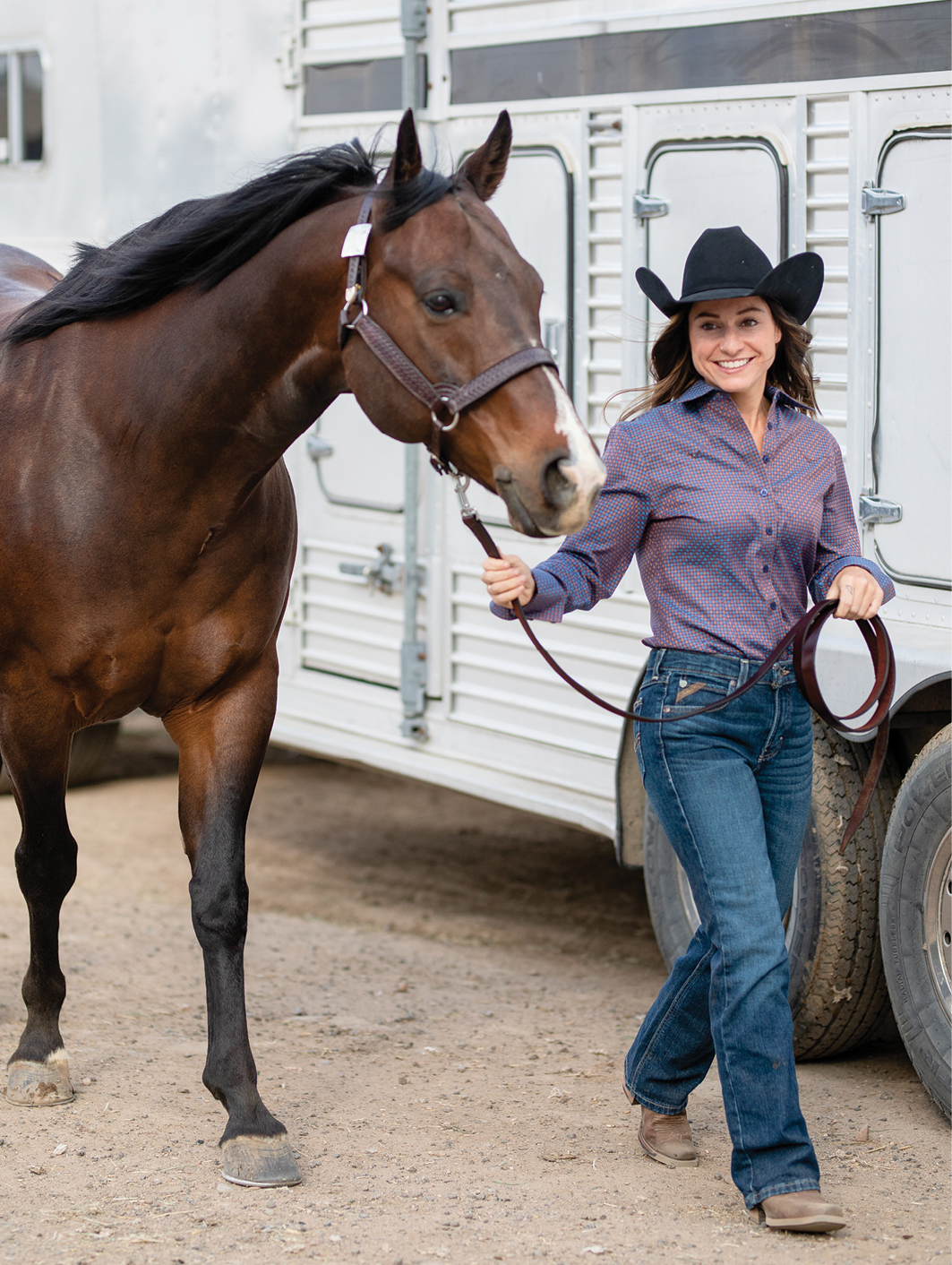
Tip 6: Make a Straightforward Deal
Horse sales involve a lot of considerations when setting the price and coming to a final agreement. Jacuzzi pointed out that any horse you buy likely has a hefty feed, board, care, and training investment, and those costs aren’t going down. They’re reflected as part of the selling price. Vatterott added that you need to keep commissions in mind, too.
“If you have an agent involved, the first thing you have to do is get a price established,” she says. “Outline the commissions out front. If the selling agents want a 10% commission and your buyer’s agent wants 10%, a $20,000 horse becomes $24,000. All parties should be up front and clear where the money is going. It’s unlawful not to disclose that.”
This consideration should also be part of setting your budget, as covered in Tip 1.
Tip 7: Make a Quick, Seamless Transition
Once you’ve paid for your new horse, take possession of him as soon as possible for the benefit of everyone involved. A slower transition puts everyone involved at risk, including your new horse.
“The moment the horse was paid for, we want him to go to his new home,” Baruch advises. “If he needs to stay to wait for a hauler, I charge board, and all care responsibility is on the buyer. Every horse can get hurt, so the moment you purchase a horse, you’re responsible for all of his care. Even if you pay for care, unless your plan is to leave the horse in training with the seller, move him to his new home within a few days.




